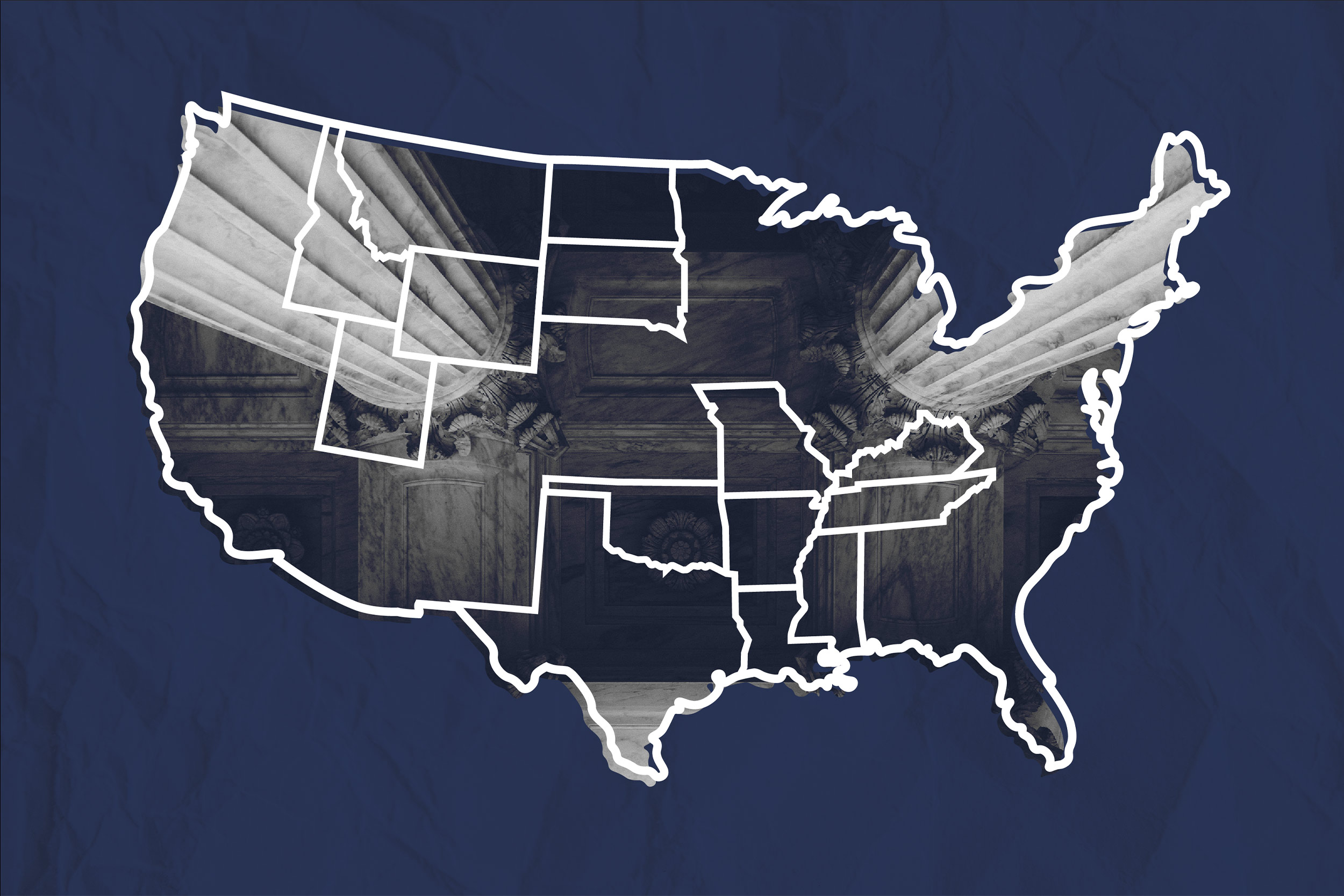Editor’s note: This essay, by University of Virginia School of Law professor Naomi Cahn, first appeared in The Conversation.
The Supreme Court’s leaked draft opinion on abortion rights dramatically declares that “the authority to regulate abortion must be returned to the people and their elected representatives.”
A number of states have already made their choice in case that happens, either protecting the right to abortion or significantly restricting abortion under most circumstances. Some states never removed bans they had in place before 1973. That’s the year of the landmark Supreme Court ruling in Roe v. Wade declaring that the Constitution protects the right to obtain an abortion.
In addition, there are 13 states with so-called “trigger” laws, abortion-restricting laws designed to take effect once abortion is no longer protected by the U.S. Constitution. I’m a legal scholar who studies gender and reproductive rights and wanted to see just what those triggers are that will put the laws into force. It turns out that the 13 states are almost evenly split between two distinct approaches with one thing in common: They both end up significantly limiting people’s right to get an abortion.
An Official Certification
Trigger laws aren’t a new concept. For example, in 2013, Illinois passed a law that would end the state’s participation in Medicaid expansion if the federal government’s funding contribution dropped below 90% of the program’s cost. Mississippi also has a constitutional provision banning same-sex marriage that would take effect if the U.S. Supreme Court overturned its 2015 ruling that recognized same-sex marriage nationwide.
In the 13 states with abortion-related trigger laws, one method requires a certification by a state’s attorney general or other official before the law can go into effect. Precisely what needs to be certified varies among this group of states.
For example, in Arkansas, the state attorney general must certify that the Supreme Court has either fully or partially overruled Roe, or that an amendment to the U.S. Constitution permits Arkansas to ban abortion.
By contrast, in Mississippi, the state attorney general must determine that the Supreme Court has overruled Roe and that it is “reasonably probable” that the Mississippi law would be upheld. In Utah, a 2020 state law says the legislature’s top lawyer must provide the certification that a court’s opinion would permit the state law to go into effect.
Missouri’s law is a slight modification of this approach, requiring a declaration by the state attorney general, a gubernatorial proclamation, or a resolution from both houses of the state legislature that Roe has been overruled or a constitutional amendment has taken effect. Wyoming’s law is triggered upon the governor’s certification that Roe has been overruled – or a comparable decision from the U.S. Supreme Court.
In North Dakota, which in 2007 adopted one of the earliest trigger laws, the statute originally specified a somewhat cumbersome procedure. The law was changed in 2019 to streamline the certification procedure, and to remove it entirely if the triggering event is a constitutional amendment.
A Change in Constitutional Law
The second approach simply requires that Roe be overruled, or a comparable federal action be taken, for the trigger law to go into effect. As in the other approach, there must be a court judgment or a constitutional amendment. But this approach does not require specific certification by a state official.
South Dakota’s 2005 law is straightforward, saying that the ban becomes “effective on the date states are recognized by the United States Supreme Court to have the authority to prohibit abortion at all stages of pregnancy.” Kentucky and Louisiana take a similar approach, although the triggering event is either a court decision or a constitutional amendment.
While some states’ laws are effective immediately, others require a 30-day waiting period. In Texas, for example, the law goes into effect on the 30th day after the Supreme Court either partially or fully overrules Roe v. Wade, or otherwise recognizes states’ authority to ban abortion, or a constitutional amendment allows states that authority. The trigger law in Idaho is similar.
That 30-day period may be designed to allow states to develop procedures to enforce the new laws; when reporters at Business Insider contacted officials in the 13 states with trigger laws to find out their implementation plans, only one agency in one state provided the reporters with written plans. The rest provided no clear guidelines about what any of the laws would actually mean in practice – such as how police, medical professionals or child protection officials should handle situations in which the pregnant person’s life was at risk, or if the person alleged the pregnancy resulted from a rape.
Clarity or Ambiguity?
The leaked draft in the upcoming abortion case is explicit in overturning Roe, saying, “We hold that Roe … must be overruled.” If the draft opinion changes, and there is any ambiguity about the viability of Roe, then there may be ambiguity about whether the triggers have, in fact, been triggered. Americans will find out soon.
Media Contact
Chief Communications Officer University of Virginia School of Law
mmw3v@virginia.edu (434) 924-3786
Article Information
August 18, 2025






